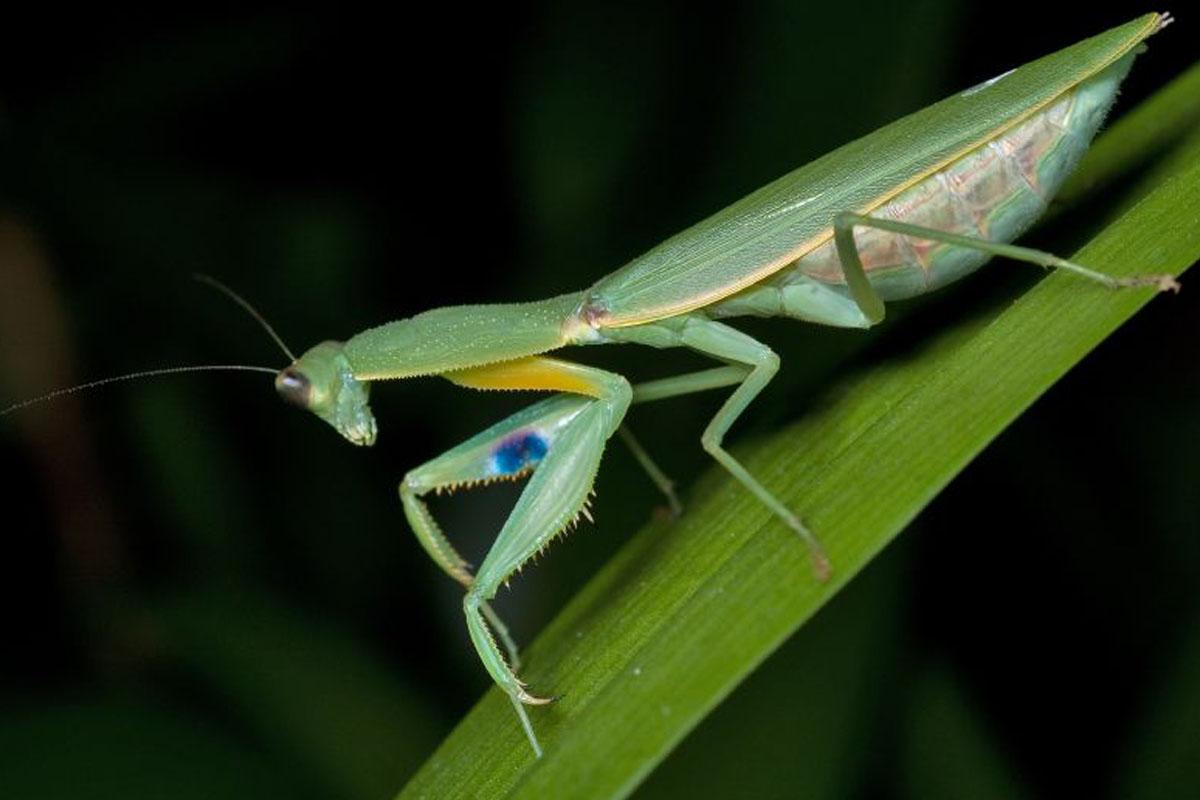Y: Our eyes view the world from two different vantage points. So, Don, that means we see the world in three dimensions partially because our brain compares the differences between these two images, and uses this information to compute depth and distance. This process is called stereopsis.
D: Do neuroscientists understand what happens in the brain during stereopsis?
Y: To learn what might happen in the human brain; researchers study the brains of monkeys. They put electrodes in the monkey’s brain to record the electrical activity of single visual brain cells. They found that some of these cells are tuned to detect differences between the two eyes’ images that indicate depth and distance.
D: But, Yaël, what about animals really different from humans? Neuroscientists know that some insects, such as the praying mantis, have a form of stereopsis. But, their brains are much smaller and differently organized than ours.
Y: In 2019 a team of European neuroscientists reported they had used an electrode to record electrical activity in single visual brain cells involved in stereopsis in a mantis.
D: Wow! How did they test these cells?
Y: The scientists put tiny glasses on the mantis, like the ones humans use to watch a 3-D movie. Then they showed the mantis a 3-D movie involving simple moving bars and disks. They found that some visual cells in the mantis’s brain were tuned to detect differences between the images of the two eyes that indicate distance. They were surprised by how similar the stereopsis cells in the mantis were to those in monkeys. Their findings might imply there are general brain principles for stereopsis in all animals.









